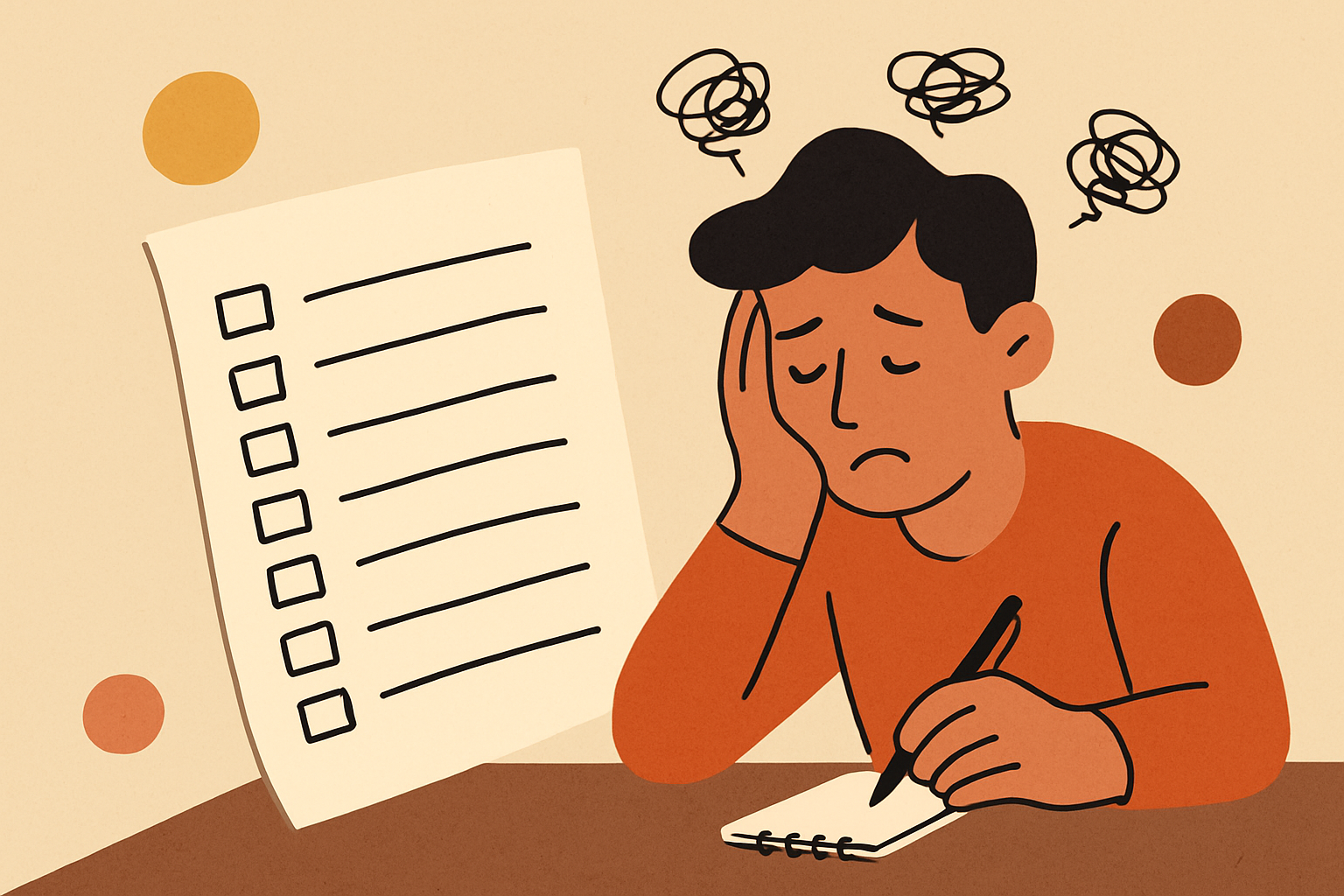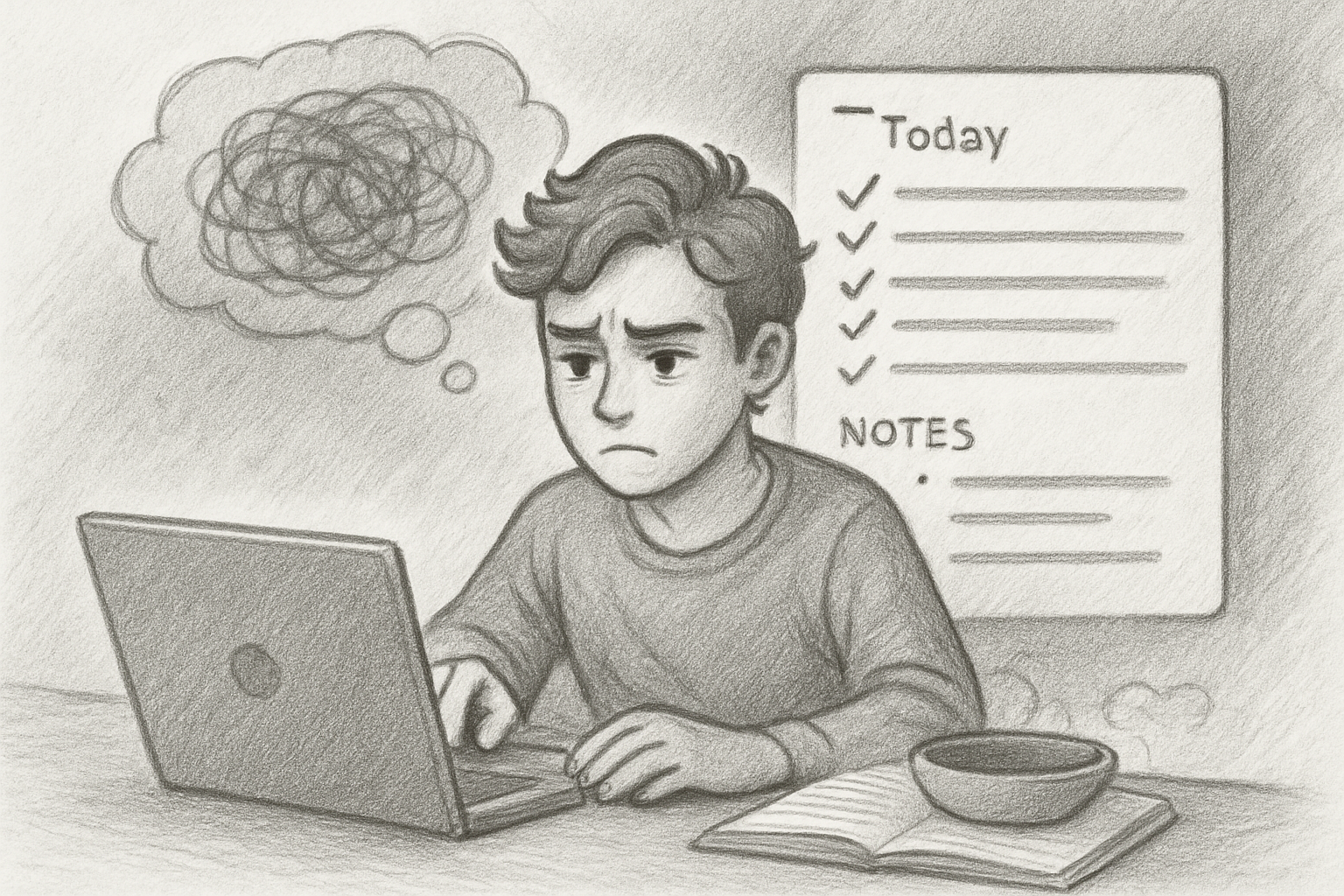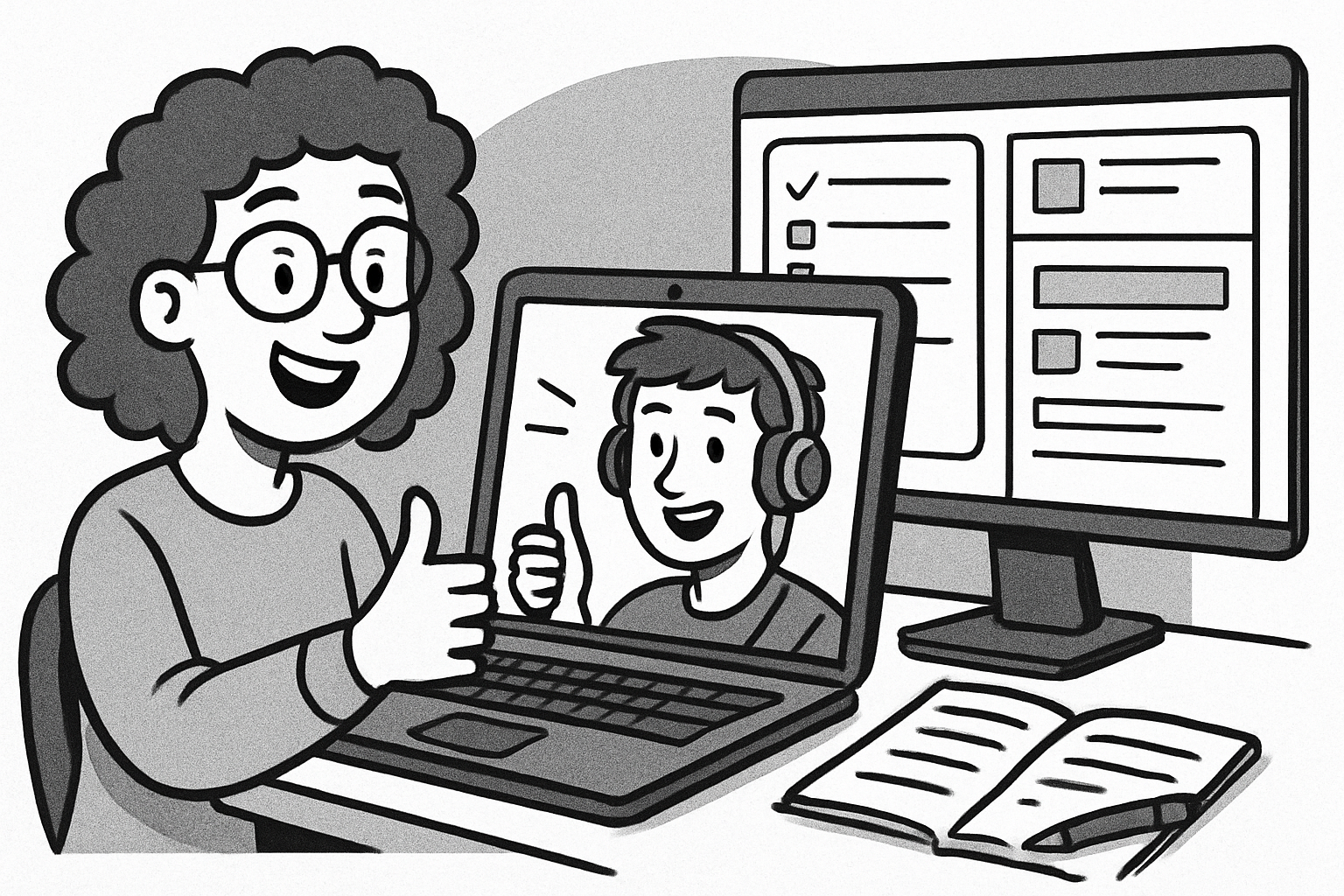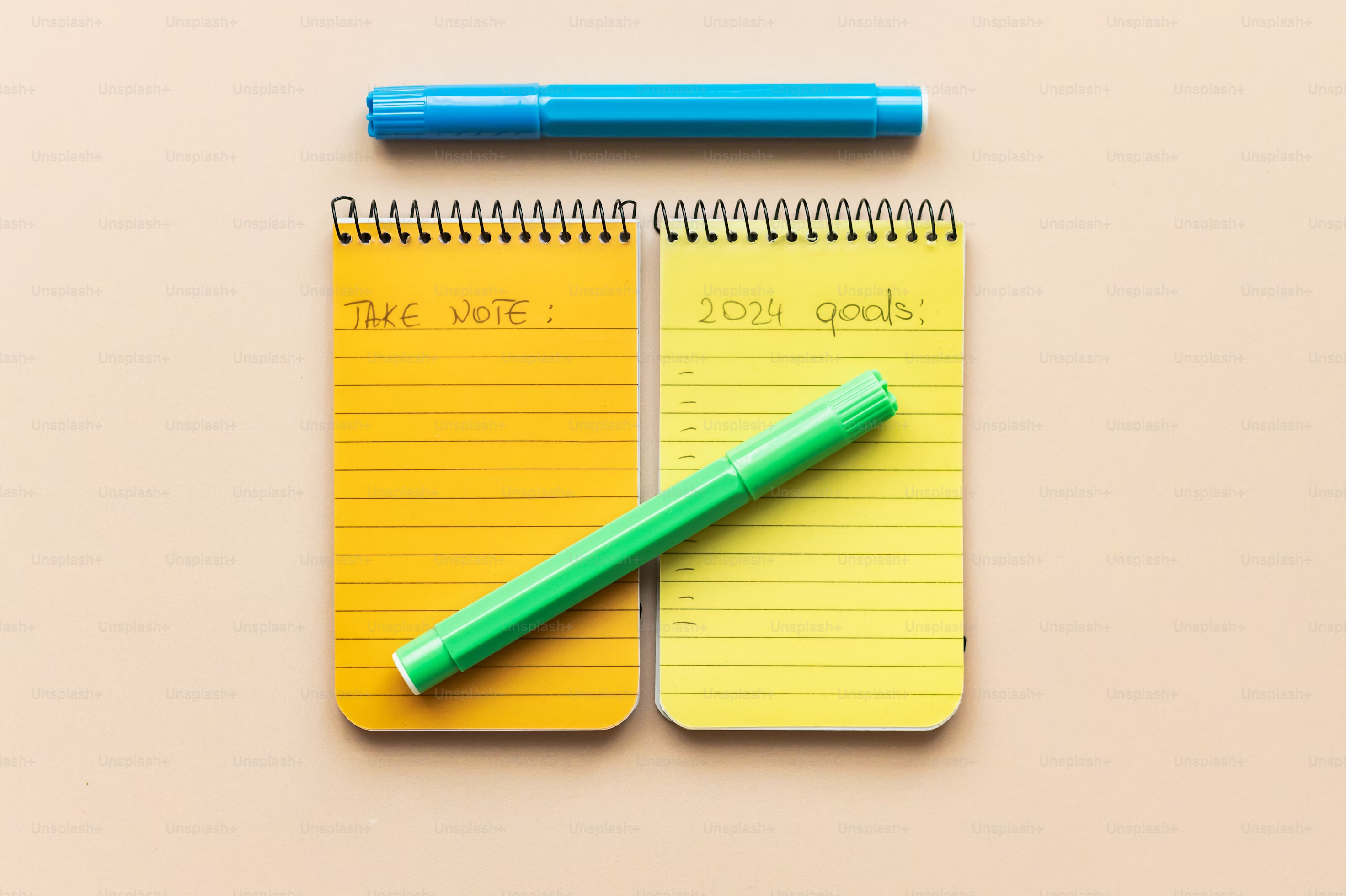A Guide to Productivity Tools That Work for ADHD Brains
Understand executive dysfunction and why traditional organizers often fail for ADHD brains. Discover key features in productivity tools designed to genuinely support neurodivergent minds, like Yaranga.
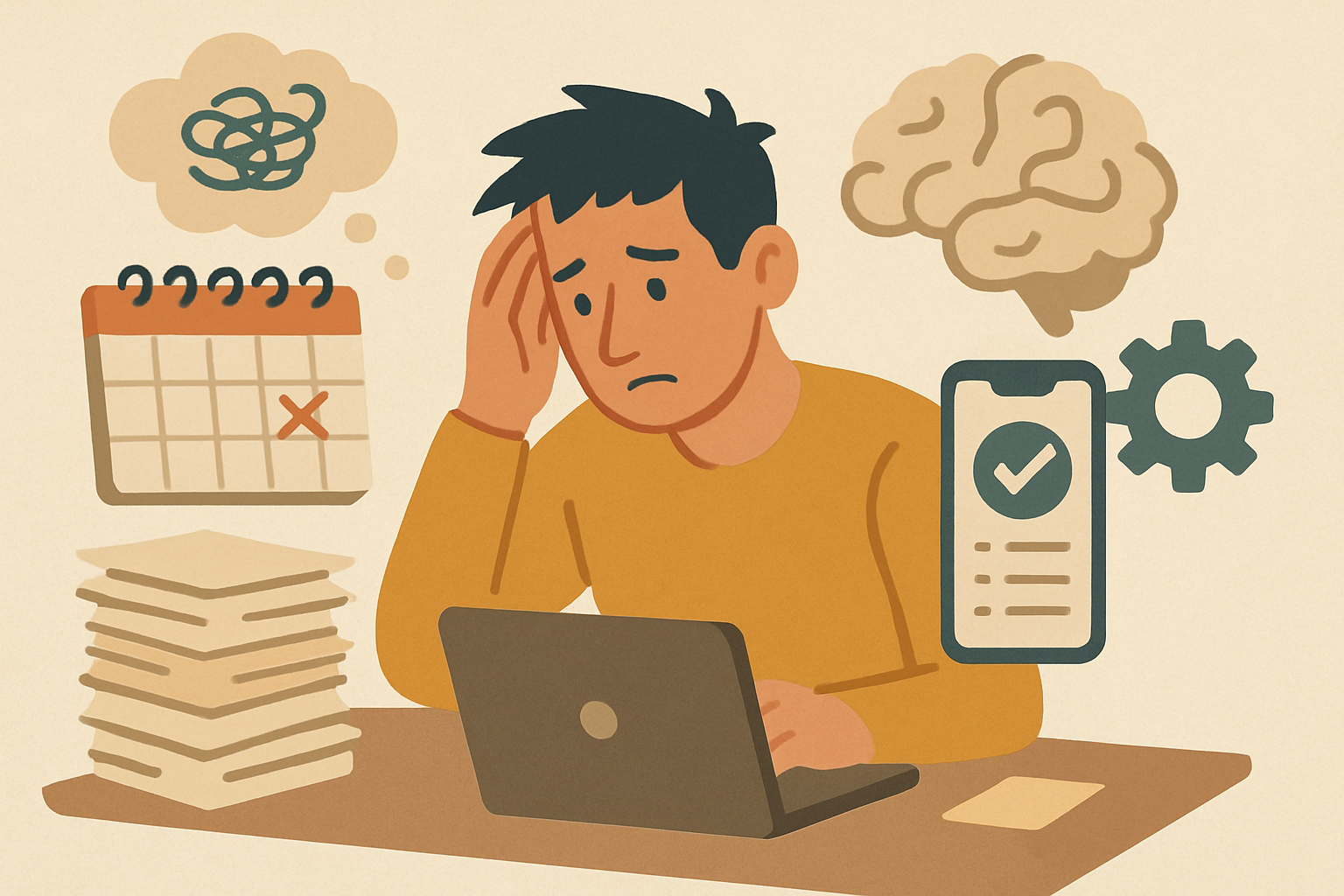
Executive Dysfunction Explained: A Guide to Productivity Tools That Work for ADHD Brains
Do you ever feel overwhelmed by your to-do list, constantly misplace items, or struggle to get started on important tasks, even when you know they need doing? This feeling is incredibly common, especially for individuals with ADHD, a condition estimated to affect over 15.5 million adults in the U.S. alone5. The underlying challenge here is often what's known as executive dysfunction (ED).
Executive dysfunction refers to difficulties with the brain's "managing director" functions – the cognitive skills needed for planning, organizing, prioritizing, initiating, and finishing tasks. Traditional productivity tools, which often demand strong executive function skills, frequently fall short for those with ADHD, where diagnosis rates can be surprisingly low; in England, for example, it's estimated that only a third of the nearly 2.5 million people with ADHD have been formally diagnosed. These conventional tools can even make things worse.
This article will explore what executive dysfunction truly is, shed light on why standard tools often fail, highlight the specific features that *do* help, and introduce a powerful tool, Yaranga, designed with these unique needs in mind.
Understanding Executive Dysfunction and ADHD
Executive dysfunction is not a character flaw or a lack of effort; it's a neurobiological difference in how the brain processes and manages information. For those with ADHD, these challenges stem from differences in brain structure and dopamine signaling, particularly in the prefrontal cortex circuits critical for attention and control3. As a result, core cognitive skills are impacted, leading to significant challenges in daily life.
According to experts like Dr. Russell Barkley and resources from ADDitude Magazine and Simply Psychology, key areas impacted include1,2,4:
Task Initiation: Difficulty starting tasks, often referred to as "paralysis," even for simple or urgent things.
Planning & Prioritization: Struggling to break down large projects, sequence steps, or decide what's most important.
Organization: Challenges with keeping track of physical items, digital files, information, and thoughts.
Time Management & Time Blindness: Difficulty estimating how long tasks will take, being aware of time passing, and managing deadlines.
Working Memory: Forgetting instructions, multi-step directions, or what you were just about to do.
Emotional Regulation & Impulse Control: Problems with managing frustration, motivation, and impulses, leading to emotional reactivity.
Cognitive Flexibility: Difficulty pivoting when plans change or a problem arises, often getting "stuck" on one solution.
Self-Monitoring: A reduced awareness of one's own performance and how one is being perceived by others.
It's crucial to understand that these struggles are rooted in brain differences, not a lack of motivation2. A comprehensive overview of these symptoms and their causes can be found on Wikipedia's page on Executive dysfunction8.
Why Traditional Productivity Tools Often Fail the ADHD Brain
Many popular productivity systems are built on assumptions of strong executive function. Consider complex planners with rigid sections, multi-level folder structures for digital files, or calendar systems that require meticulous manual entry. These tools demand precisely the skills that executive dysfunction challenges:
Upfront planning: You need to know what you're doing and how you're doing it before you even start.
Consistent manual maintenance: Every task, every note, every idea requires intentional filing and upkeep.
This creates significant friction. For an ADHD brain, too many steps to add a simple task or too much decision-making on where to file something can quickly lead to avoidance. The tool, instead of helping, becomes another source of overwhelm. Furthermore, relying on fragmented tools – a separate app for notes, another for tasks, and a third for your calendar – exacerbates working memory issues and forces constant context switching, which is a major productivity killer for neurodivergent individuals.
Key Features of ADHD-Friendly Productivity Tools
Effective productivity tools for ADHD shouldn't demand strong executive functions; they should support the areas where executive functions are challenged. When looking for a tool, prioritize features that:
Low-Friction Capture: The ability to quickly get ideas and tasks out of your head before they vanish. This directly addresses challenges with initiation and working memory. Think voice memos, quick notes, and effortless entry.
Automation & Reduced Complexity: Tools that handle the "heavy lifting" of organization and task extraction for you. This minimizes manual effort and decision fatigue, directly supporting planning, organization, and initiation. You shouldn't have to manually create lists from your thoughts.
Centralization: Bringing all your related information – notes, tasks, messages, appointments – into one unified place. This drastically reduces searching, context switching, and helps with working memory and overall organization.
Flexibility & Adaptability: Systems that can accommodate non-linear thinking and don't penalize you for deviating from a "perfect" plan. Life with ADHD is rarely linear, so your tools shouldn't be rigid. This supports planning and self-regulation.
Evidence-based approaches for ADHD management often emphasize environmental modifications, including the use of technology that automates and simplifies processes, validating the need for these specialized features in digital tools2.
How Yaranga Supports the ADHD Brain
Yaranga is a simple, task-based note-taking application specifically designed with neurodivergent minds, like those with ADHD, in mind. It addresses the core challenges of executive dysfunction by integrating notes and tasks into a single, intuitive platform. Here's how Yaranga's key features align with the needs we've identified:
Quick Capture: Yaranga's "Quick Add Notes on the Go" feature allows you to capture thoughts instantly via text or voice memo. The automatic transcription reduces the barrier to getting ideas out of your head, addressing initiation and low-friction capture directly.
Automated Organization & Task Extraction: Instead of manually compiling to-do lists, Yaranga provides "Auto-Extraction of Tasks From Notes" and "Voice-to-text with automatic actionable items, dates & hashtags extraction." This means tasks are pulled automatically from your thoughts and conversations without requiring tedious manual listing. Its "Smart Tagging Without Folders" offers a flexible way to organize information without complex, rigid hierarchies, which often overwhelm ADHD brains. Explore Smart Tagging Without Folders to see how it simplifies organization.
Centralized Information: With "Notes and Tasks in One App," Yaranga consolidates your digital life. Its "Integration with Email, Calendar, WhatsApp, and Telegram" brings incoming messages and reminders directly into the app, significantly reducing the need to switch between platforms. This centralization directly supports working memory and organization by keeping all relevant information in one easily accessible place.
Navigation & Simplicity: Yaranga's "capture first, organize later" philosophy and smart navigation are designed to reduce overwhelm and support sustained focus. The app remembers where you left off, helping you maintain your train of thought without losing your place.
Beyond individual productivity, Yaranga also offers team collaboration features, allowing you to share notes and assign tasks. This can provide an external structure and accountability, which can be immensely helpful for some individuals managing executive dysfunction.
Finding Your Fit: Exploring Tools Like Yaranga
Finding the absolute "right" productivity tool is a highly personal journey. The key is to assess your specific executive dysfunction challenges and seek features that directly counteract them. The rise of AI tools for ADHD management6 shows a growing trend toward creating smarter, more supportive technology.
It's also important to remember that technology is just one piece of the puzzle. Many find success by combining tools with behavioral strategies. One such strategy is "body doubling,"7 where working silently alongside another person (in person or virtually) can significantly enhance focus and task initiation. The ideal approach often involves a blend of the right tools and supportive real-world techniques.
Yaranga stands out as a strong example of a tool built on principles that genuinely benefit the ADHD brain: low friction, robust automation, crucial centralization, and overall simplicity. It's designed to support, rather than fight, your natural way of thinking. We strongly suggest exploring Yaranga as a potential solution to transform how you manage tasks and information. For a deeper understanding of its task management capabilities, consider this internal resource: Deep Dive: How Auto-Extraction Transforms Task Management for Neurodivergent Users.
If you're ready to get started, Yaranga offers a helpful guide: Getting Started Guide for New Users With Executive Dysfunction Challenges.
Conclusion
Executive dysfunction presents a significant, neurologically-based challenge for ADHD brains. It's why traditional productivity tools, with their reliance on strong organizational and planning skills, frequently fall short and can even increase overwhelm.
The path to effective productivity for neurodivergent individuals lies in choosing tools that offer specific, supportive features: low-friction capture, intelligent automation, comprehensive centralization, and overall simplicity. Tools like Yaranga are explicitly designed with these principles in mind, aiming to genuinely support how an ADHD brain works, rather than imposing rigid systems that fight against it.
By understanding your unique challenges and exploring solutions like Yaranga that are built for neurodivergent needs, you can find strategies and tools that empower you to manage tasks, capture ideas, and pursue your goals more effectively and with less overwhelm.
Yaranga Pricing Plans
To help you choose the best fit, here's an overview of Yaranga's pricing plans:
Plan | Price | Key Features/Limits |
|---|---|---|
Free | $0 forever | Includes space for your first notes and projects, Task management essentials. |
Pro Plan | $5 per month | Unlimited notes, Unlimited projects, Advanced task management, Voice memos, Team collaboration, Mail/WhatsApp/Telegram integrations. |
For Early Adopters | $99 Lifetime Deal | All Pro features, plus the ability to vote on new features. |
For an additional helpful resource, check out this: Checklist: Implementing Yaranga For Daily Productivity With Less Overwhelm.
